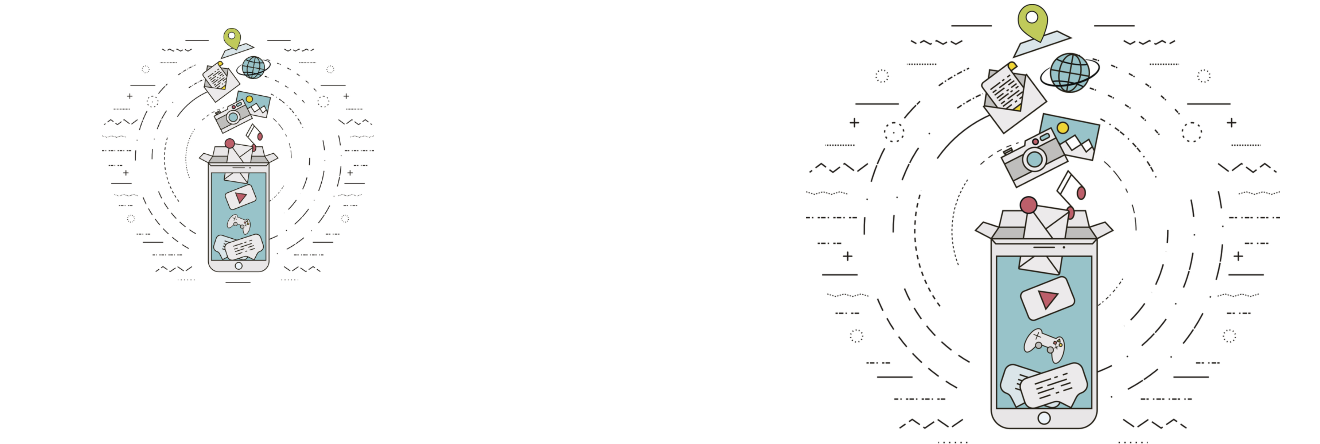Europe’s public service media risk becoming irrelevant if they cannot attract younger audiences to justify their licence fees. So innovative ideas for grabbing the attention of “digital natives” packed the conference halls and focused the attention of delegates at the CIRCOM regional broadcasters’ gathering in Novi Sad, Serbia. Poland, Hungary and Austria already have credibility problems in their PSMs because of political and economic pressure from their own governments.
By 2020, only 1 in 10 costumers will be watching TV on a traditional screen – 50% less than in 2010.
Local TV in Serbia’s autonomous region of Vojvodina, host of the 2019 CIRCOM conference, has still not recovered from the NATO bombing of its headquarters 20 years ago and has yet to move in to its new state of the art studios.
The Ericsson’s ConsumerLab report on TV and Media finds that by 2020, only 1 in 10 costumers will be watching TV on a traditional screen – 50% less than in 2010. Young people (16-19 year olds) spend more than half of their time watching on-demand, whilst 60-79 year olds still spend around 80% of their viewing time watching scheduled linear TV.
In order to be accessible to both, the Dutch media professionals Rutger Verhoeven and Erik van Heeswijk suggest “Forget ‘online first‘! Omnichannel is the way“.
A shift from online first to story first on all channels is necessary. They regard the content alone as semi-finished material – the experience is the product.
According to them, a shift from online first to story first on all channels is necessary. They regard the content alone as semi-finished material – the experience is the product. If the product is only consumed by a section of the potential consumers, it is not complete. This completeness can only be achieved if all the generations can experience it at the same level. Their product SmartOcto aims to present conten in an understandable way. It uses Artificial Intelligence to sort and filter big data in real time as the TV shows are streaming or airing. In this way the Octo gives insights about when the audience are most engaged, when they interact with the content and when they switch off. The developers believe that great relevant regional content is not enough. In order to improve the connection with the audiences and to find out who is attracted to which story, they splinter the information at the level of each story and enable the producers to find out exactly what attracts the audience.
Another interesting concept involves young people in producing digital video content. It comes from a small state with a large amount of technological expertise: Switzerland. Luciano Lavagetti, Head of New Digital Projects at the Swiss public service broadcaster RSI has created WeTube, a contagious and creative space where the classical media meet young digital creators. It offers young people from the Italian-speaking region of Switzerland a production space as well as workshops where they can acquire competences as a professional video maker and discover new trends and talent.
But the Prix CIRCOM for best video journalist went to Sam Everett for her BBC South documentary “ County Lines“. With camera and editing skills, music and infographics, she showed shocking pictures of teenagers in rural villages being recruited as mules and dealers by London drug gangs.
Sam and her colleague Emily Ford, produce content that aims to reach and represent young audiences, women and people from ethnic minorities. “They usually don’t get a voice on the BBC“, Sam says. How do they do it?
“Storytelling for younger audiences has changed so much. We cut out the reporter – there is no reporter in our story. It’s all about the people and their voice and their story. The stories we pick very much focus on individuals and their unique stories. Younger audiences don’t necessarily relate to a guy in a suit, so it’s important that people see someone on the screen they can easily relate to.“
online and social media content has to be different from TV
When the BBC South team started the online video section years ago, they would just take television broadcast content and put it onto the social media channels. The outcome was disastrous. That was when they realised: online and social media content has to be different from TV. They started creating their own social media content and posted more people-related stuff. That’s when the figures went up again.
So the experience of British and Dutch broadcasters seems to point in two different directions: the Dutch believe everything should go out over all channels at the same time, yet the BBC experience shows that social media is different and requires bespoke content in order to grab the younger generations’ attention. Ericsson Consumer Lab’s report hints that the BBC is right: “Social media has far from peaked, and one in five respondents believe they will get more of their news from social media in the next five years.” We shall learn who was right in 2024!


